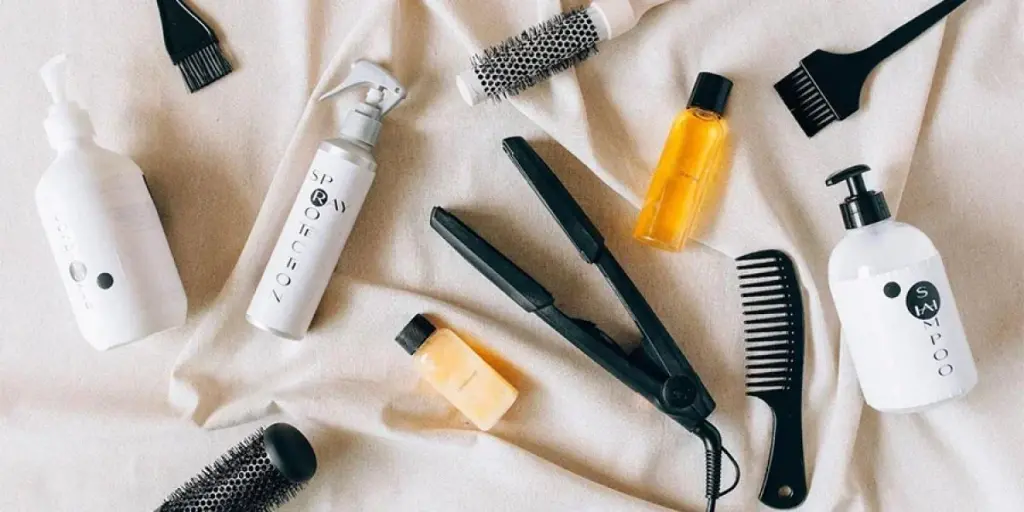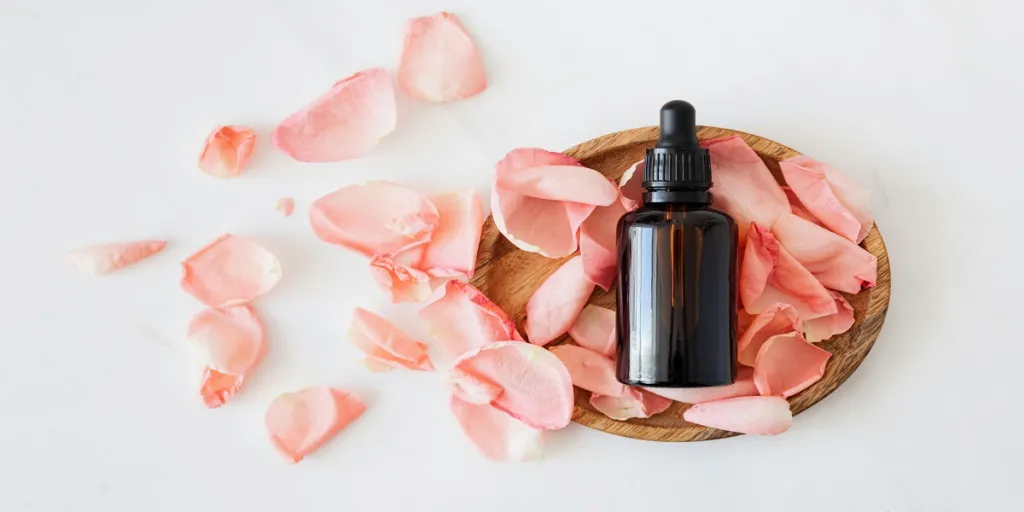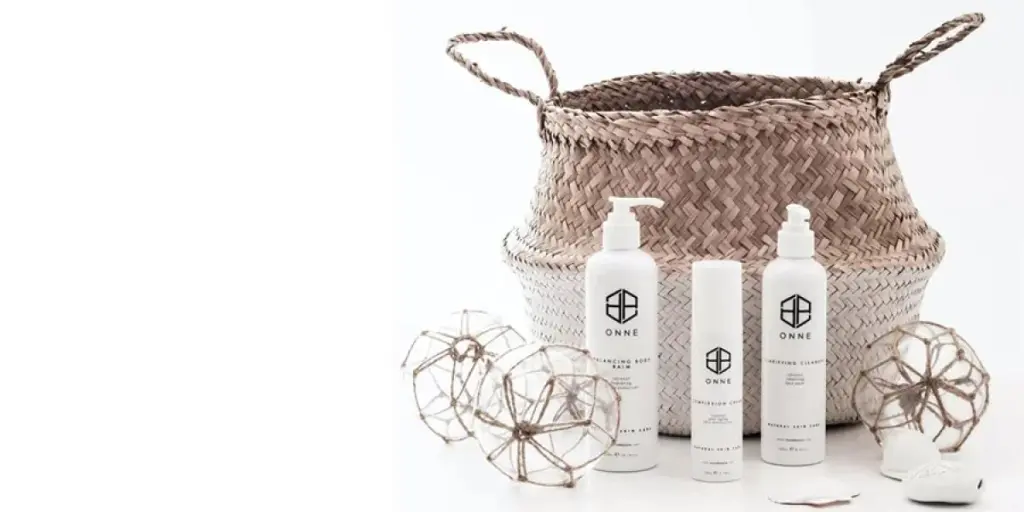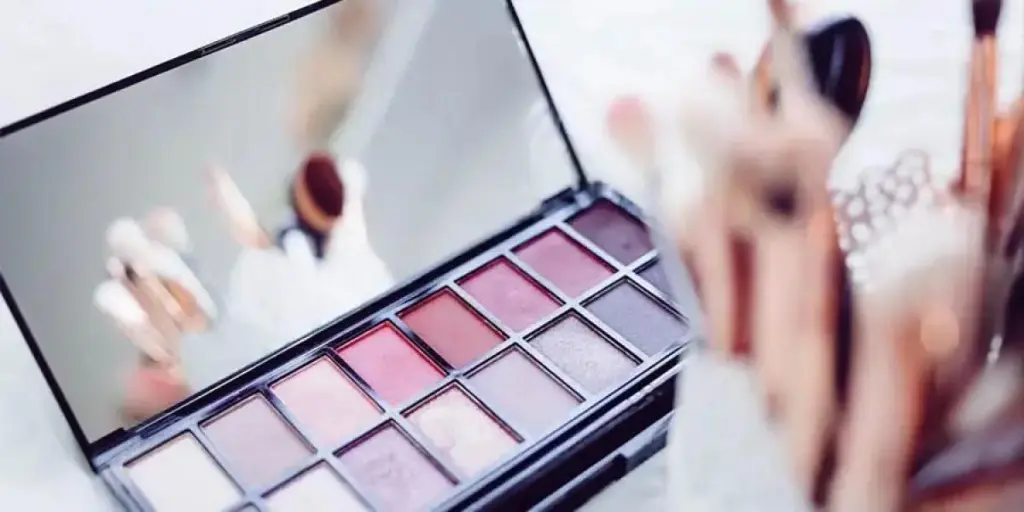In 2025, men’s skincare will no longer be just about basic grooming. More than ever men are embracing comprehensive skincare routines, investing in self-care, and exploring makeup basics. Over the past year, we regularly saw men sharing skincare and makeup tips on social media platforms like TikTok, where #MensSkinCare got more than 33k posts as of December 2024.
Let’s take a closer look at some of the top skincare trends for men in 2025.
Jadual Kandungan
The rise of soft masculinity in skincare
Men’s skincare market size
Key consumer profiles for men
Innovations addressing men’s skincare needs
Trend spotlight: The make-up-ification of men’s skincare
Trend spotlight: The skin beard connection
Marketing strategies for skincare brands
1. Educate and empower
2. Innovate for specific needs
3. Promote inclusivity and accessibility
Akhir fikiran
The rise of soft masculinity in skincare
Not only are men starting to care more about their skin health as a means to look youthful, but the concept of soft masculinity is reshaping how men perceive beauty and self-care as a whole. This change emphasizes knowledge-sharing and empowerment making skincare a normalized aspect of men’s self-care routines.
That being said, men don’t need to be considered “soft” to embrace skin care. In recent years, the modern man from many different backgrounds is embracing skincare and even makeup.
Men’s skincare market size
The global beauty industry is changing as the men’s skincare market experiences unprecedented growth.
Between 2022 and 2024, U.S. males increased their use of facial skincare products by 68% according to Mintel. Additionally, the global men’s personal care market size was valued at USD 30.8 billion in 2021, while the produk penjagaan kulit segment dominated the market for men’s personal care and held the largest revenue share of 45.6% in 2021. The market is expected to grow at a compound annual growth rate (CAGR) of 9.1% between 2022 and 2030.
According to Precedence Research, the global men’s skin care products market size is predicted to increase from USD 16 billion in 2023 to approximately USD 29.61 billion by 2033. This indicates the need for increased product offerings and better education on innovating strategies for skincare for men in 2025.
Key consumer profiles for men

Market research suggests that different generations of men have differing concerns in the skincare space. Understanding these consumer insights and your target audience can help your beauty brands boost sales in each category.
- Skintentional Gen Z men: These men are focused on preventative care, addressing acne, and maintaining a youthful appearance.
- Impartialist millennials: Seeking effective, stereotype-defying products and addressing adult acne
- Age-agnostic boomers and Gen X: Prioritizing anti-aging solutions and products that promote holistic health. Men in this category are also drawn to the technological advancements in the beauty industry such as electric razors that also moisturize the skin.
- Emerging Gen Alpha: Hygiene habits are taking root among younger generations, and they are embracing comprehensive skincare routines and makeup products. Mintel survey notes that 50% of US boys aged 7-17 are interested in using beauty products. The younger boys are regularly rejecting traditional gender norms, paving the way for long-term market expansion in skincare and beauty.
Innovations addressing men’s skin needs
Men’s skin has unique characteristics that demand targeted solutions. Generally, men’s skin produces more acne-causing sebum and has fewer protective antioxidants against UV damage than women’s skin. These nuances present opportunities for product innovation and education:
- Anti-aging and prejuvenation: Younger consumers are investing in “prejuvenation” products to delay signs of aging, while older men seek solutions for healthy aging.
- Anti-jerawat: Acne is in the top 5 skincare concerns for men. are seeking products that help with adult acne, but may need more education on the active ingredients they should be searching for and the benefits of exfoliation and spot treatment.
- Night-time skincare: Men are seeking simple skincare products that can improve their skin while they sleep.
- Penyelesaian hibrid: Combining skincare with grooming products, such as beard oils infused with skincare benefits, caters to men who prioritize convenience and efficiency.

Additionally, as men from diverse backgrounds adopt skincare routines, there’s increasing demand for products tailored to melanin-rich skin. Not only should beauty brands be considering the skincare differences for men with different skin types and textures but including a diverse range of people in the marketing campaigns.
Men’s skincare products should meet them where they’re at and address a range of skincare issues that they highlight as concerns. And, of course, there is always a learning curve with new products and routines, so providing education will help men get the most out of their personal care products.
Trend spotlight: The make-up-ification of men’s skincare

The line between skincare and cosmetic products is blurring, with more men embracing subtle make-up to enhance their appearance. From tinted moisturizers to barely-there concealers, the “dewy dude” trend is making waves. On TikTok, #MakeupForMen has over 443.3m views globally, illustrating menʼs interest in enhancing their skin.
Mintel’s product innovation research revealed that 72 percent of men in the U.S. between 18–34 now use makeup as part of their grooming routines. 2024 has been an exciting year for skincare. Dwayne “The Rock” Johnson, launched a skincare line, PAPATUI, which includes everything from cleansers to penjagaan tatu all on a budget.
The majority of male consumers are using these products to aid in creating a natural look that showcases healthy-appearing skin, like the no-makeup makeup look that is often discussed for women. For many, this means a focus on products like facial powder, concealers, and bronzers, with a focus on multi-use products. A great example of a multi-use product is a tinted sunscreen that offers sun protection while also blurring imperfections.
However, others are experimenting further and are the type of guys who would consider themselves beauty lovers who fully embrace every aspect of makeup application. And, of course, there are plenty of men that fall somewhere in between.
Trend spotlight: The skin beard connection

As beards remain a hallmark of men’s style, the focus on beard care and its connection to overall skincare is intensifying. Products designed to maintain both the beard and the skin beneath it are surging in popularity.
This trend includes beard oils with nourishing ingredients, exfoliating tools to prevent ingrown hairs, and multifunctional products that combine moisturizing and styling benefits. Brands are now educating consumers on how beard health contributes to skin vitality, making this a growing niche within the men’s skincare industry.
Di U.S, 91.37 juta lelaki use an electric shaver in 2024, up from 80.22 million pre- pandemic. Rising device use presents an opportunity to infuse skincare in product technology. Explore tools incorporating LED light therapy, ultrasound benefits, and skin diagnostic capabilities.
Marketing strategies for skincare brands

As we enter into a new year, brands need to have a solid men’s beauty marketing strategy. Here are some marketing strategies for skincare and beauty brands for 2025:
1. Educate and empower
- Simplify skincare: Use straightforward language and visual aids to demystify product usage. Brands like Tiege Hanley offer “uncomplicated skincare for men,” complete with step-by-step guides. Providing helpful content can address common male skincare concerns and educate guys on the high-quality products that will be an easy addition to their daily routines.
- Highlight active ingredients: Educate consumers about the benefits of innovative ingredients like salicylic acid for acne or hyaluronic acid for hydration.
- Educate on sunscreen: Adding sunscreen into their daily routine is a small shift that men can make to protect their skin barrier to achieve healthy skin and reduce the appearance of wrinkles. Daily SPF is an important part of preventative skin care that helps to maintain the skin’s youthful radiance and men should understand the importance of sunscreen as a part of their daily skincare routine.
- Berkongsi dengan influencer: Collaborate with trusted voices to create relatable content. For example, Dr. Muneeb Shah’s educational videos resonate with curious yet cautious consumers. This is particularly helpful considering most people find information about what products to purchase on social media.
2. Innovate for specific needs
- Age-specific solutions: Offer products tailored to different life stages, from acne care for teens to anti-aging serums for Gen X and Boomers.
- Beard-skincare hybrids: Products addressing beard-related skin issues, such as ingrown hairs and irritation, are gaining popularity.
- Rutin yang boleh disesuaikan: Develop modular systems that allow users to personalize their skincare based on individual concerns.
3. Promote inclusivity and accessibility
- Expand product lines: Introduce products for melanin-rich skin and diverse hair textures, ensuring representation across all demographics.
- Support mental health: Combine skincare with self-care messaging, as seen with brands like Insanely Clean, which supports mental health initiatives alongside its skincare offerings.
- Kemewahan yang berpatutan: Balance premium quality with accessible pricing to attract a broader audience.
Akhir fikiran
Men’s skincare in 2025 is an exciting, rapidly evolving market. By focusing on targeted innovations, inclusive marketing, and consumer education, brands can tap into the growing demand for men’s self-care products. From skincare-meets-beard care hybrids to tinted moisturizers, the opportunities for innovation are endless.




